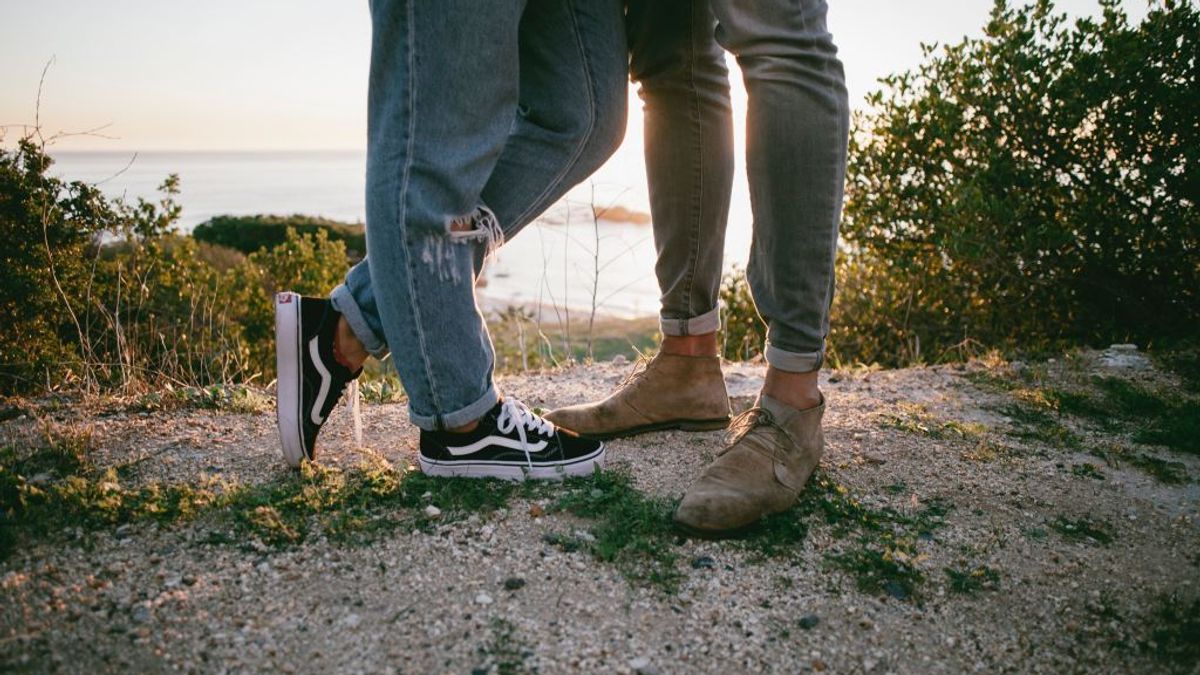
The silent epidemic we are refusing to talk about: domestic violence
 Tekst
Tekst
Recent cases from the movement #metoo, as well as increased focus on domestic violence, has caused an uproar for social justice.It is truly important to shed light on these difficult issues. The focus has been mostly directed on opposite-sex couple domestic violence. Now lets shed some light on same-sex couple domestic abuse.
“Domestic violence has become a “silent epidemic” in the gay and lesbian community, despite being the subject of increasing scrutiny in heterosexual relationships”, according to the AIDS Council of NSW.
Domestic violence
noun
violent or aggressive behavior within the home, typically involving the violent abuse of a spouse or partner.
LGBT peoples experience with domestic abuse and the experience of a heterosexual woman or man are similar in many ways, inclusive of the impact on the abused partner and the various types of abuse such as isolation, control of finances, physical aggression, threats of violence against the victim or other loved ones, emotional bullying, and extreme jealousy. However, there are aspects of domestic abuse that are unique to the LGBTQ population.
Threatening to out a partner to people who don´t know of their sexuality
Outing as a method of control – Because of the homophobic environment that exist in modern societies, and fear for many LGBTQ members to be rejected by family and society in general, many choose to stay “in the closet”, this enables the abusing partner to control the victim by threatening to out them to family, friends, co-workers etc.
Internalizing homophobia
For many, their sexual orientation or gender identity becomes associated with the abuse so that they blame the abuse on their sexuality or gender identity. This often makes the victim inclined to feel that the abuse they are experiencing is because of their sexuality or gender identity and that they would not experience this if they’re orientation or gender identity were different. This can fuel an internalized homo/bi/trans* phobia.
Misconception of domestic violence in LGBT relationships
Since much of the information surrounding domestic abuse relates to the experiences of heterosexual women, there are often misconceptions that only the ‘masculine’ presenting partner can be the abuser, since in an opposite-sex couple the male partner is stereotypically more likely to be the batterer. However that does not mean that the male cannot be the victim of abuse. In a same-sex couple, the masculine presenting partner may be just as likely to be the victim as the batterer.
There are little information and conversation regarding domestic abuse in same-sex relationships. As a result of this lack of understanding some people may not believe domestic violence exists in LGBT relationships, recognize their experience as domestic abuse if it happens to them, or know how to respond if they see domestic abuse is being experienced by their friends.
The CDC’s 2010 national intimate partner and sexual violence survey, in its first-ever study focusing on victimization by sexual orientation found that the lifetime prevalence of rape, physical violence and stalking by an intimate partner was 43.8% for lesbians, 61.1% for bisexual women and 35% for heterosexual women, while for gay men it was at 26%, 37.3% for bisexual men, and 29% for heterosexual men.
There is clearly a huge problem we aren’t talking about, but why exactly is that?
An effect of the general homo/trans*phobia in modern societies, some LGBT survivors fear that by speaking up against the domestic violence they suffered they will give gay and lesbian relationship a ‘bad name’ and after fighting for years for the right to even be in one, speaking of something negative within them can be a difficult task.
In addition, survivors may not want to disclose their sexuality/gender identity to police or other organization, and those who do seek help might be misunderstood, so that the police or organization thinks it is a fight between someone of the same gender instead of a violent intimate relationship, and therefore they might discourage LGBT people from disclosing by using language that reflects a heterosexual assumption.
Same sex couples have limited protection in the case of domestic abuse in several US states
The homophobic environment we live in makes it difficult for victims to seek help from police, battered woman shelters, or victim service agencies. While in most states police are required to treat same-sex couple domestic abuse the same as opposite-sex couple domestic abuse, there are still 7 states in America where same-sex couples are always excluded from obtaining a protective order (New York, Delaware, Louisiana, Arizona, Montana, South Carolina, and Virginia), as well as three states (Florida, Mississippi, Maryland) that limit protective orders for same-sex couples or interpret the law to only apply to opposite-sex couples.
Domestic violence in the LGBT community must be spoken up about
We as a community need to address these issues and refuse to let this problem go on. By informing others about domestic violence in same-sex relationships we can start to fight this epidemic. If you are in an abusive relationship know that there are people that can help you, and I would encourage you to reach out to someone – whether it be a friend or the authorities. You are worth more than how you are being treated.
Helplines in Norway:
Mental Helses hjelpetelefon – 116 123
Kirkens SOS – 22 40 00 40
Kirkelig ressurssenter for vold og seksuelle overgrep – 23 22 79 30